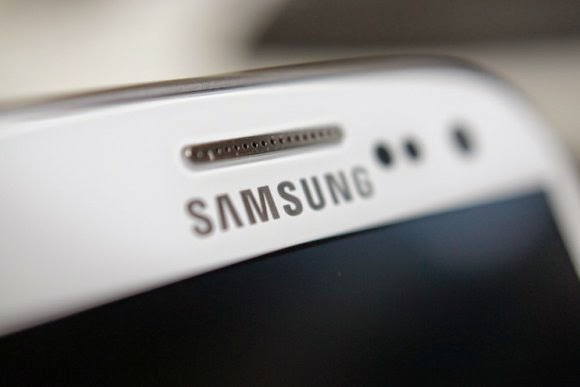The possibility of VoIP functionality in WhatsApp has been floating around in the rumor mill for quite some time now. While it has never been officially confirmed, little bits and pieces have been popping out here and there.
Recently a few interesting screenshots have surfaced, showcasing the popular chat application adorned with shiny new voice features.

While the functionality is still not available and probably not even fully complete, Android enthusiasts have managed to dig up a glimpse of what it may look like.
As it turns out, the Android version of WhatsApp exists in two main build branches, One stable branch, which can be found on the Play Store and which almost everybody has on their devices and another one, distributed directly off of the company’s website.
The latter gets updated a lot more frequently and avid Android tinkerers and developers have figured out that it often includes features that are still in the making. Those are hidden away for testing purposes.
The latest version of the application, supplied by the Facebook owned company, includes a lot of new secret screens that set the ground for a future voice calling function.

The leaked screenshots prove, almost without a doubt that voice calls are in the works, although still unconfirmed officially. There are a few bits of information that can be discovered by analyzing the screenshots. For one, the whole calling functionality seems, at least at present, pretty much separated from the chat function. There are separate screens that handle dialing, call logs and of course, the obligatory contacts screen and call status.
Little traces of voice conversation do however make their way into the standard chat interface as past or missed calls seem to pop up in the chat log, just like pictures. Perhaps this separation is simply artificial and solely for the sake of testing the new feature and things might look different when the service goes live.
Another interesting possibility that the photos hint at is that perhaps WhatsApp will allow for calls to be recorded and played back at a later time, which is definitely a nice little bonus.
As far as availability and pricing goes, we can’t really be sure yet. Facebook has made it clear that, for the time being, it does not intend to monetize on WhatsApp and will keep the app ad-free. It is somewhat safe to assume that the new voice feature will be free, or at least for the first year, as is the app itself at present.
Currently, the discovery is pretty intriguing, but it is too early to draw any conclusions based on the early screenshots. If you think that there is something to this story and know your way around the Android debug console, you could poke around and see what else you can find by yourself.
Be sure to check back with any interesting scoops.




















